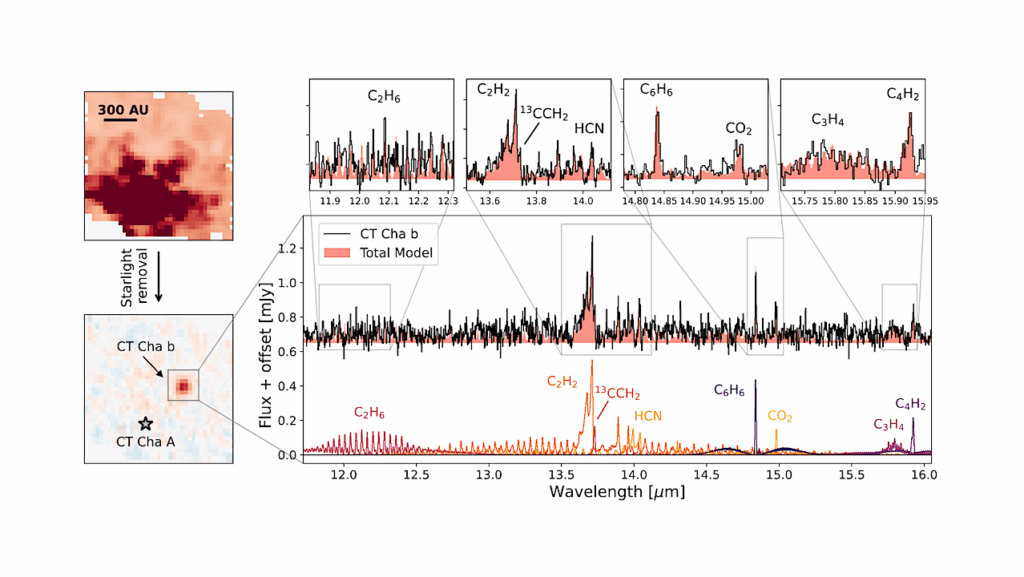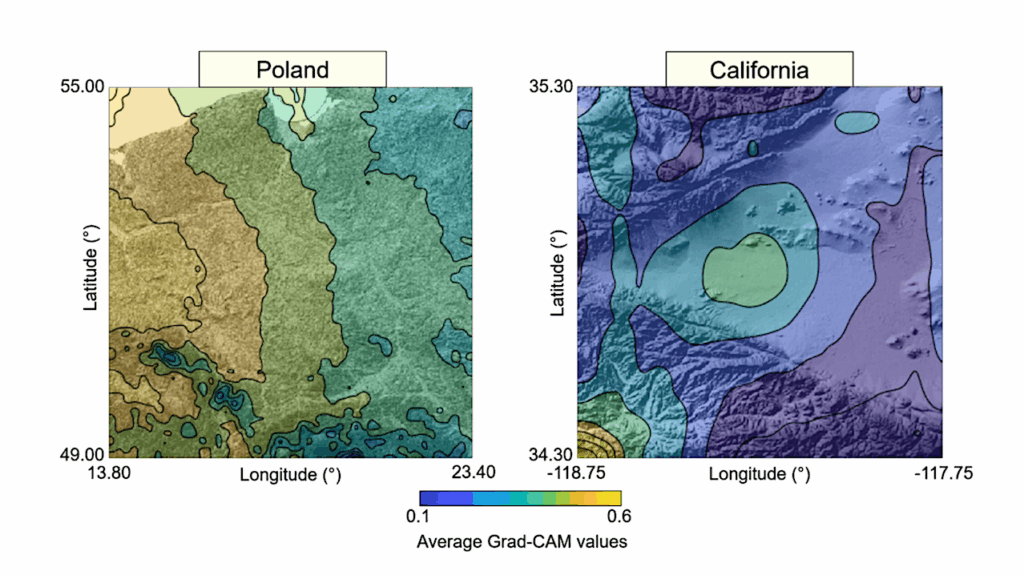The Tierras Observatory: An Ultra-precise Photometer To Characterize Nearby Terrestrial Exoplanets

We report on the status of the Tierras Observatory, a refurbished 1.3-m ultra-precise fully-automated photometer located at the F. L. Whipple Observatory atop Mt. Hopkins, Arizona.
Tierras is designed to limit systematic errors, notably precipitable water vapor (PWV), to 250 ppm, enabling the characterization of terrestrial planet transits orbiting <0.3R⊙ stars, as well as the potential discovery of exo-moons and exo-rings. The design choices that will enable our science goals include: a four-lens focal reducer and field-flattener to increase the field-of-view of the telescope from a 11.94′ to a 0.48∘ side; a custom narrow bandpass (40.2 nm FWHM) filter centered around 863.5 nm to minimize PWV errors known to limit ground-based photometry of red dwarfs; and a deep-depletion 4K×4K CCD with a 300ke-full well and QE>85% in our bandpass, operating in frame transfer mode.
We are also pursuing the design of a set of baffles to minimize the significant amount of scattered light reaching the image plane. Tierras will begin science operations in early 2021.
Juliana García-Mejía, David Charbonneau, Daniel Fabricant, Jonathan M. Irwin, Robert Fata, Joseph M. Zajac, Peter E. Doherty
Comments: SPIE Astronomical Telescopes & Instrumentation 2020 Proceedings (11445-168), 20 pages, 11 figures
Subjects: Instrumentation and Methods for Astrophysics (astro-ph.IM); Earth and Planetary Astrophysics (astro-ph.EP)
Cite as: arXiv:2012.09744 [astro-ph.IM] (or arXiv:2012.09744v1 [astro-ph.IM] for this version)
Submission history
From: Juliana García-Mejía
[v1] Thu, 17 Dec 2020 17:02:17 UTC (8,360 KB)
https://arxiv.org/abs/2012.09744
Astrobiology








